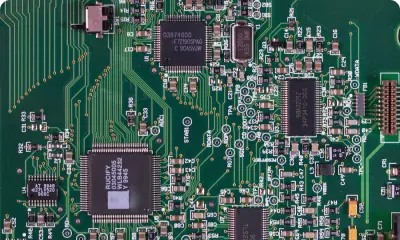In our previous blog, we uncovered the power of data in medical billing, revealing how it can revolutionize the way practices optimize revenue and streamline their processes.
Today, we dive deep into “Navigating Coding Complexities.” Coding is the very essence of medical billing, and understanding its intricacies is paramount to billing success. Let’s unravel the complexities and explore why accurate coding is the linchpin of efficient billing.
The Significance of Accurate Coding
Medical coding serves as the universal language of healthcare billing. It transforms the care provided to patients into standardized codes, ensuring proper reimbursement from insurance payers. Accurate coding is not merely a billing requirement; it’s a necessity that directly impacts the financial health of your practice.
Here are some key reasons why accurate coding is crucial:
-
- Maximizing Revenue:
Proper coding ensures that you’re appropriately reimbursed for the services you provide. Undercoding leaves money on the table, while overcoding can lead to audits, fines, and even legal consequences.
-
- Claim Acceptance:
Insurance payers have strict coding guidelines. Accurate coding increases the likelihood of your claims being accepted on the first pass, reducing administrative hassles and speeding up payment processing.
-
- Compliance:
Coding errors can lead to compliance issues and legal troubles. Staying compliant with coding regulations is not just a best practice; it’s a necessity.
-
- Data Analysis:
Accurate coding provides clean data for analysis, enabling you to make informed decisions about your practice’s financial health and performance.
Challenges in Coding
Coding isn’t straightforward; it’s a complex process of selecting the correct ICD-10 codes for diagnoses and procedures, and CPT codes for services rendered. From Anesthesiologists to Virologists, the world of coding presents Healthcare providers with several challenges:
-
- Code Accuracy:
Ensuring that the right code is assigned for each patient encounter needs to be an accurate process. Mistakes can lead to claim denials and lost revenue.
-
- Code Updates:
The medical coding system undergoes regular updates. Staying current with these changes is essential to maintain billing accuracy and compliance.
-
- Resource Drain:
Coding patient encounters is a time-consuming process and can be prone to errors. Having a billing company that scrubs claims for coding errors is very beneficial in proactively preventing denied claims.
-
- Revenue Leakage:
Missed opportunities for billable services due to coding errors result in lost revenue.
The Power of Precision in Coding
The good news is that mastering coding complexities can significantly impact your practice’s financial well-being. Precision in coding is the key to billing success. By implementing the right tools and strategies, you can streamline the coding process, reduce errors, and ensure compliance.
Emerald Health understands the intricacies of medical coding. Our claims scrubbing processes and expertise helps practices navigate coding complexities with precision, reducing errors, improving compliance, and ensuring maximum reimbursement—all while freeing up valuable time and resources for patient care.
In the next blog, we will delve into the critical importance of billing compliance and the legal landscape. Stay tuned for “Billing Compliance and the Legal Landscape: Safeguarding Your Practice,” where we’ll explore the ever-evolving regulatory landscape and the steps you can take to protect your practice and your patients.
- ICD (International Classification of Diseases): Used for diagnosis coding.
- CPT (Current Procedural Terminology): Used for procedural coding.
- HCPCS (Healthcare Common Procedure Coding System): Used for billing Medicare and Medicaid patients.
Each system serves a different purpose, so the best type depends on whether the focus is on diagnosis, procedure, or billing for government healthcare programs.
- Billing and Reimbursement: Ensures that healthcare providers are properly compensated.
- Patient Care: Facilitates the accurate sharing and recording of patient medical histories and treatments.
- Regulatory Compliance: Helps healthcare providers comply with laws and regulations.
- Data Analysis and Research: Provides data for health research, public health management, and policy-making.
- Operational Efficiency: Streamlines administrative processes and reduces errors in medical documentation.




